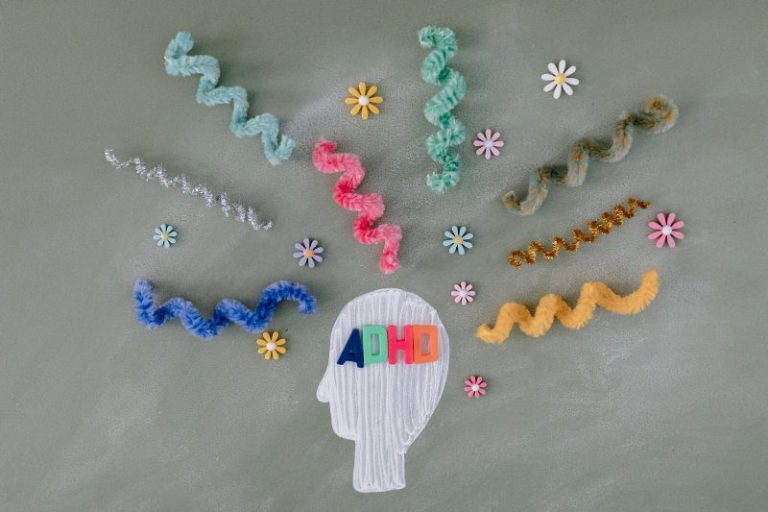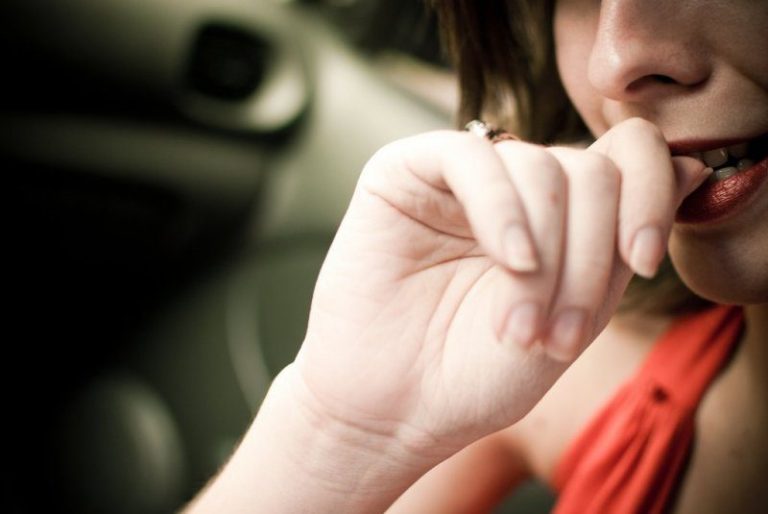Understanding Self-Harm
Locally, 1200 people engage in deliberate self-harm (DSH) annually (Vassallo, 2020). Hence this blog aims to give an insight into DSH. Some consider it as a cry for attention while others attribute it to suicidal thoughts and ideations. Although it may seem contradictory, those who self-harm are usually not open about their behavior, hence busting the myth that DSH is an attention seeking behavior.
However research is still inconclusive as to whether DSH is followed with the intention of killing oneself or of simply harming oneself. Nevertheless, Suyemoto in 1998 as cited in (Mangnall & Yurkovich, 2008) argued that DSH can be seen as a coping mechanism to avoid suicide; a means to overcome psychological distress and hence without the intention of killing oneself.
Why do people self-harm?
DSH is used to alleviate built-up tension and is observed to be more common in those who suffer from anxiety or depression (Mangnall & Yurkovich, 2008). Furthermore, it has been attributed with fear and tension with the results being relief, decreased tension and satisfaction (Lauw et al., 2015). Nonetheless, this is only a temporary solution as the underlying problem and distressing thoughts are left unresolved (”The truth about self-harm”, 2022).
In nature, DSH is an addictive behavior (Mangnall & Yurkovich, 2008) and it becomes a means of expression where one ‘voices’ what cannot be said out loud. Nonetheless, it is important for one to know that there are other ways of coping and seeking help early can help explore different coping mechanisms in order to break the cycle of self-harm (”The truth about self-harm”, 2022).
How to prevent self harm?
To stop harming oneself, it is important to find someone one can trust, to open up about one’s problems and feelings and explore new coping mechanisms. This could be done with a friend or a professional, however the first step is always seeking help. Distraction techniques are also beneficial in reducing DSH. These include taking out one’s anger on an inanimate object, expressing oneself through music, drawing, journal writing and being in the company of others (”The truth about self-harm”, 2022).
On the other hand, if you are aware of someone who engages in DSH, being empathic and listening to them can help reduce this behavior together with referring them for specialized care if required (Lauw et al., 2015).
If you think that you can benefit from professional support on this issue you can reach out here.
Yasmine Bonnici graduated in Nursing and also completed her Masters in Counselling. She has worked with victims of domestic violence, clients dealing with suicidal ideations, bereavement, separation and anxieties. She is currently working with Willingness Team as a counsellor seeing clients who would like to explore their own identity and deal with any surfacing issues.
Bibliography
Lauw, M., How, C., & Loh, C. (2015). Deliberate self-harm in adolescents. Singapore Medical Journal, 56(06), 306-309.
Mangnall, J., & Yurkovich, E. (2008). A Literature Review of Deliberate Self-Harm. Perspectives In Psychiatric Care, 44(3), 175-184. https://doi.org/10.1111/j.1744-6163.2008.00172.x
The truth about self-harm. Mental Health Foundation. (2022). Retrieved 27 May 2022, from https://www.mentalhealth.org.uk/publications/truth-about-self-harm.
Vassallo, S. (2020). Psychiatrist Says Suicides In Malta Dipped During Pandemic But Experts Preparing For Frontliner Fatigue. Lovin Malta. Retrieved 27 May 2022, from https://lovinmalta.com/news/psychiatrist-says-suicides-in-malta-dipped-during-pandemic-but-experts-preparing-for-frontliner-fatigue/.







